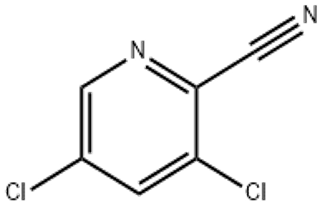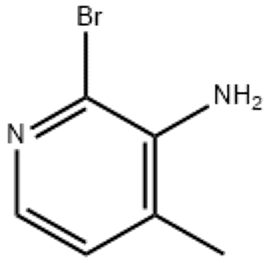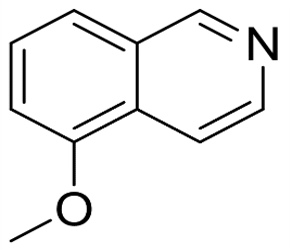3 5-Dichloro-2-cyanopyridine(CAS# 85331-33-5)
| Risk Codes | R20/21/22 – Harmful by inhalation, in contact with skin and if swallowed. R36/37/38 – Irritating to eyes, respiratory system and skin. |
| Safety Description | S26 – In case of contact with eyes, rinse immediately with plenty of water and seek medical advice. S36/37/39 – Wear suitable protective clothing, gloves and eye/face protection. S36 – Wear suitable protective clothing. S36/37 – Wear suitable protective clothing and gloves. |
| UN IDs | 3439 |
| WGK Germany | 3 |
| Hazard Class | 6.1 |
| Packing Group | III |
Introduction
2-Cyano-3,5-dichloropyridine is an organic compound with the chemical formula C6H2Cl2N2. The following is a description of its nature, use, preparation and safety information:
Nature:
2-Cyano-3,5-dichloropyridine is a colorless or pale yellow solid. It has low volatility at room temperature. It has low solubility in water and high solubility in organic solvents such as ethanol and dimethylformamide.
Use:
2-Cyano-3,5-dichloropyridine has a wide range of applications in organic synthesis. It can be used as an intermediate for the synthesis of various organic compounds (such as drugs, dyes and pesticides). In addition, it can also be used as a material in the research of organic light-emitting diodes (OLEDs) and liquid crystal displays.
Preparation Method:
2-Cyano-3,5-dichloropyridine can be prepared using different synthetic methods. A common synthetic method is to react the corresponding pyridine compound with cyanide, followed by chlorination to obtain the product.
Safety Information:
2-Cyano-3,5-dichloropyridine can be considered harmful under normal conditions. It may be irritating to the respiratory tract, eyes and skin. In use, should take appropriate protective measures, such as wearing gloves and glasses. Avoid contact with oxidizing agents and strong acids during storage and handling. If exposed or inhaled, seek medical attention immediately.








